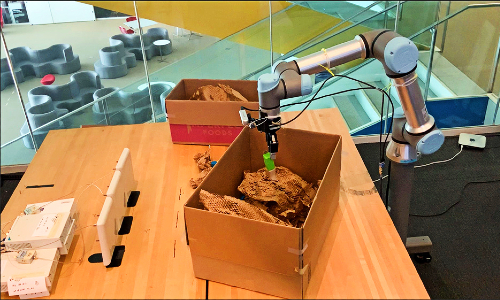Android-Geräte ab Werk mit Malware infiziert
Der Sicherheitsanbieter Human Security weist darauf hin, dass derzeit Tablets und auch Settop-Boxen mit Google Mobilbetriebssystem Android im Umlauf sind, die ab Werk mit Schadsoftware ausgeliefert werden. Die Forscher von Human Security fanden vor allem den Trojaner Badbox, der unerwünschte Werbung anzeigt und weiteren Schadcode einschleust.
Die fraglichen Settop-Boxen mit Chipsätzen von Allwinner (H616 und H618) und Rockchip (3328) werden unter verschiedenen Bezeichnungen und von unterschiedlichen Herstellern – unter anderem als T95, T95Max, X12-Plus und X88-Pro-10 – auch in Deutschland vertrieben. Sie enthalten unter Umständen den Trojaner Badbox, den Human Security als eine Sammlung von Firmware-Hintertüren beschreibt.
Wird ein solches Gerät im heimischen Netzwerk in Betrieb genommen, verbindet es sich automatisch mit einem Befehlsserver, um weitere Instruktionen zu erhalten. Über den Befehlsserver erhält die Malware unter anderem betrügerische Anzeigen für unerwünschte Apps. Badbox arbeitet aber auch mit gefälschten E-Mail- und Messaging-Konten. Außerdem kann über den Befehlsserver weiterer Schadcode installiert werden.
Insgesamt fanden die Forscher den Trojaner auf sieben verschiedenen Settop-Boxen sowie einem Android-Tablet. Alle Geräte haben gemeinsam, dass sie für sehr geringe Preise angeboten werden – die Settop-Boxen sind mit Fernbedienung für unter 30 Euro erhältlich. Es wird vermutet, dass anhand der benutzten Chipsätze von Allwinner und Rockchip mehr als 200 unterschiedliche Modelle von Android-Geräten betroffen sein könnten.
Google soll die über Badbox verbreiteten Apps inzwischen aus dem Play Store entfernt haben. Da der Trojaner in der Firmware der infizierten Geräte integriert ist, lässt er sich ohne Installation einer neuen Firmware nicht entfernen – die aber nicht verfügbar ist. Nutzer sollten vor dem Kauf einer günstigen Settop-Box mit einem der genannten Chipsätze prüfen, ob es sich um einen namhaften Hersteller handelt und gegebenenfalls Billiganbieter meiden.

